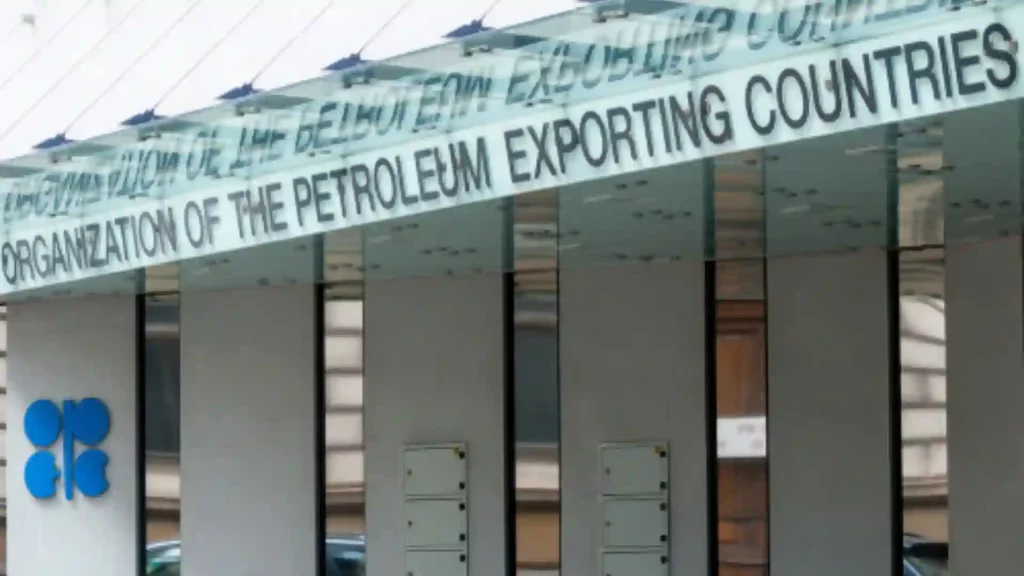The OPEC+ oil producers have called the decision a ‘precautionary measure’ directed at supporting the stability of the oil market
OPEC+ announced a voluntary oil production cut of more than 1 million barrels in a day from May, calling it a precautionary measure. The decision comes in discarding the earlier assurances that it would retain supply steady. Leaving the recent price fluctuations, this announcement comes in as a significant reduction for a market where supply was looking packed for the next months of the year. Oil futures on Monday increased nearly 8 percent in New York along with a gain in gasoline.
This, however, added to the inflationary pressures which would in turn force the central banks to keep interest rates higher for a longer period of time. The OPEC+ oil producers have called the decision a ‘precautionary measure’ directed at supporting the stability of the oil market. Saudi Arabia led the decision by announcing its own 50,000 barrel-per-day supply reduction. The OPEC+ countries including United Arab Emirates, Kuwait, and Algeria also agreed to the decision. Russia stated that the production cut the country implemented in March lasting till June would continue for the whole of 2023.
Gary Ross, a veteran oil consultant, and hedge fund manager at Black Gold Investors LLC told Bloomberg that OPEC+ is aiming for a higher price. Ross also stated that OPEC+ countries are following through on being active and well before the curve “and is trying to rip oil prices from the grip of” macro sentiment. Top oil analysts expect the world supply-demand balances to be in shortage earlier than anticipated and issued calls for $100 crude after the decision. The international Brent benchmark traded near $84 a barrel in Singapore while the rate of gasoline jumped by 4.5 percent.
Widening Tensions
The White House, on the other hand, stated that the new cuts were ill-advised, and this could escalate the existing tensions between the US and Saudi Arabia. The primary effect of the cuts will add up to nearly 1.1 million barrels a day, reports Bloomberg. All of this combined with Russia’s existent supply reduction, there will be about 1.6 million barrels less crude in a day on the market than previously anticipated. Saudi Arabia and the United States are having a troubled relationship since last year as US’s efforts to persuade KSA into pumping more oil didn’t bear fruit.
The banking crisis of last month did have its toll on oil prices as well. It fell to a 15-month low recently, but the prices have regained as the circumstance began to stabilize. Crude prices are also showing signs of improvements from March and went up 14 percent compared to last month. Saudi Arabia is particularly focusing on the development of the country and transforming it into a global logistics and tourism center and much of the spending is steered by sovereign wealth funds that are someway affected by the fluctuations in crude prices.
The officials also mentioned that the surplus will be used to boost domestic investments. According to Bloomberg reports, the actual reduction in supply will be smaller than the advertised volumes of 1 million barrels in a day. The other OPEC+ members like Kazakhstan and Iran are producing way below their quotas due to operational disruptions. The move by OPEC members took the markets by surprise especially after Saudi Energy Minister last month stated that the OPEC+ targets will remain the same for the rest of the year.
